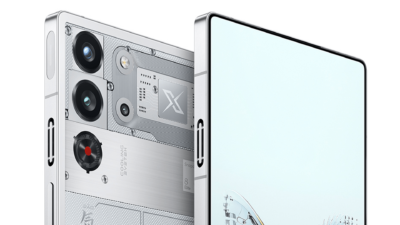5 Technology Tools to Help First Responders Keep Their Citizens Safe

When seconds count in an emergency, ordinary citizens rely on the extraordinary capabilities provided by first responders. Can you imagine the stress of living in a time when 911 wasn’t as readily available as it is today? 911 is just one of many examples of how technological developments and changing times have forced the advancement of quality care in emergencies.
The addition of smartphones and smartwatches provides crucial information such as health data and GPS technology to pinpoint emergency locations. But there is a lot more out there that’s changing the game of emergency response technology.
Mobile command center
The mobile command center is crucial to modern emergency response. Developers took the idea for this technology from the world’s military leaders. Instead of dealing with an emergency from a centralized location far from the scene, the mobile command center concept allows leadership in first-response situations to delegate life-saving tasks while in the field.
The command center is usually a large vehicle like a bus or van with plenty of computers and communications technologies designed to keep everyone in the loop during an emergency.
Smartphones and smartwatches
Our devices carry more information about ourselves than we ever thought would be possible. Now they can also aid first responders in emergencies. For example, smartphones and smartwatches contain GPS tracking devices designed to help you find your favorite restaurant that can also help you during an emergency.
First responders and 911 operators can pinpoint your location with near-pinpoint accuracy, provided they have the appropriate technology. Smartwatches can also carry valuable information such as blood oxygen levels and even perform ECGs. Even biometrics data is helping predict the waves of the COVID-19 pandemic
Text-to-911
911 was a critical leap forward for emergency management officials nationwide. While the ability to call first responders cannot be understated, technology has evolved significantly. Now we are reaching a point where 911 operators can receive text messages, opening safety possibilities even further. The FCC has even unveiled guidelines for this next phase of 911 implementation.
Drones
When first responders talk about having eyes in the sky, they used to only talk about helicopters, but not anymore. Drones give first responders an extra set of eyes that can go places helicopters can’t. In addition, smaller drones have maneuvering capabilities that make them agile and easy to pilot.
Drones can also transmit real-time video and audio, making them a valuable piece of tech in the field if boots on the ground are impossible.
Augmented reality
Augmented reality is not science fiction any further. Now firefighters can load up augmented reality interfaces that can help them see through smoke and fire to locate those who need rescuing.
While this technology remains in its infancy, we’re already seeing it paying dividends to police officers and firefighters who need an extra level of safety.
To wrap up
As technology continues to evolve, so do the advances in emergency services. With tech and first responders marching hand-in-hand, there’s no limit to the number of lives that can be saved.
Alexia is the author at Research Snipers covering all technology news including Google, Apple, Android, Xiaomi, Huawei, Samsung News, and More.









